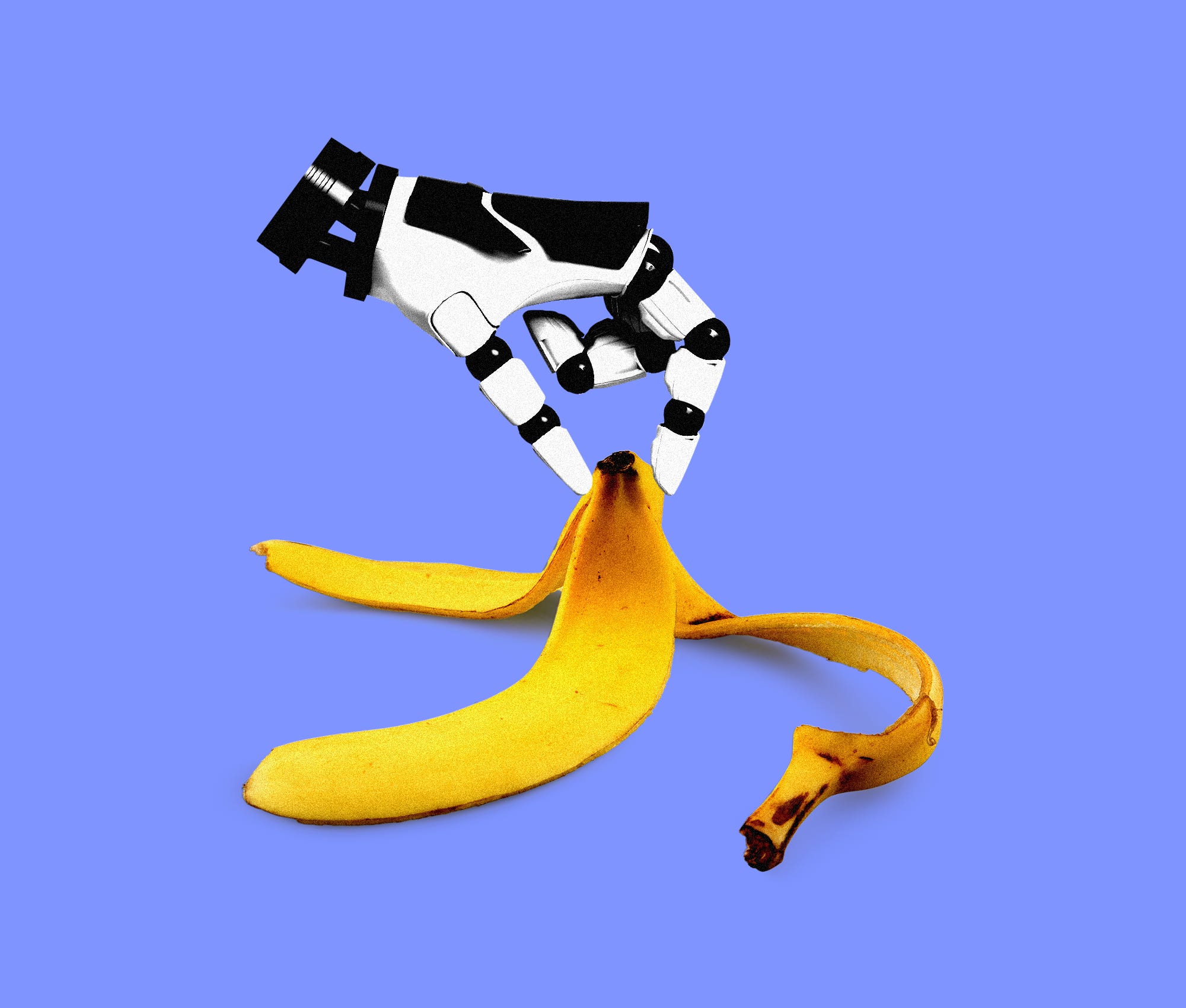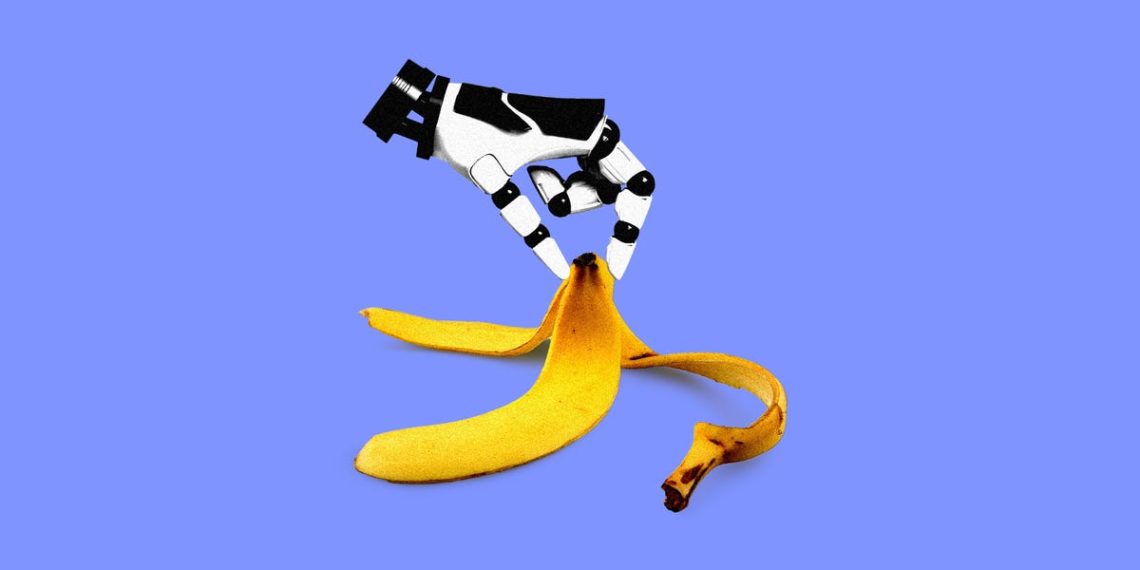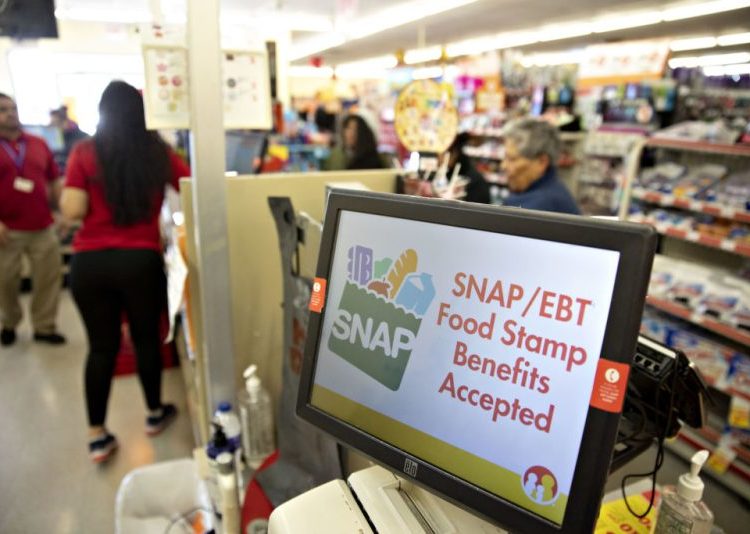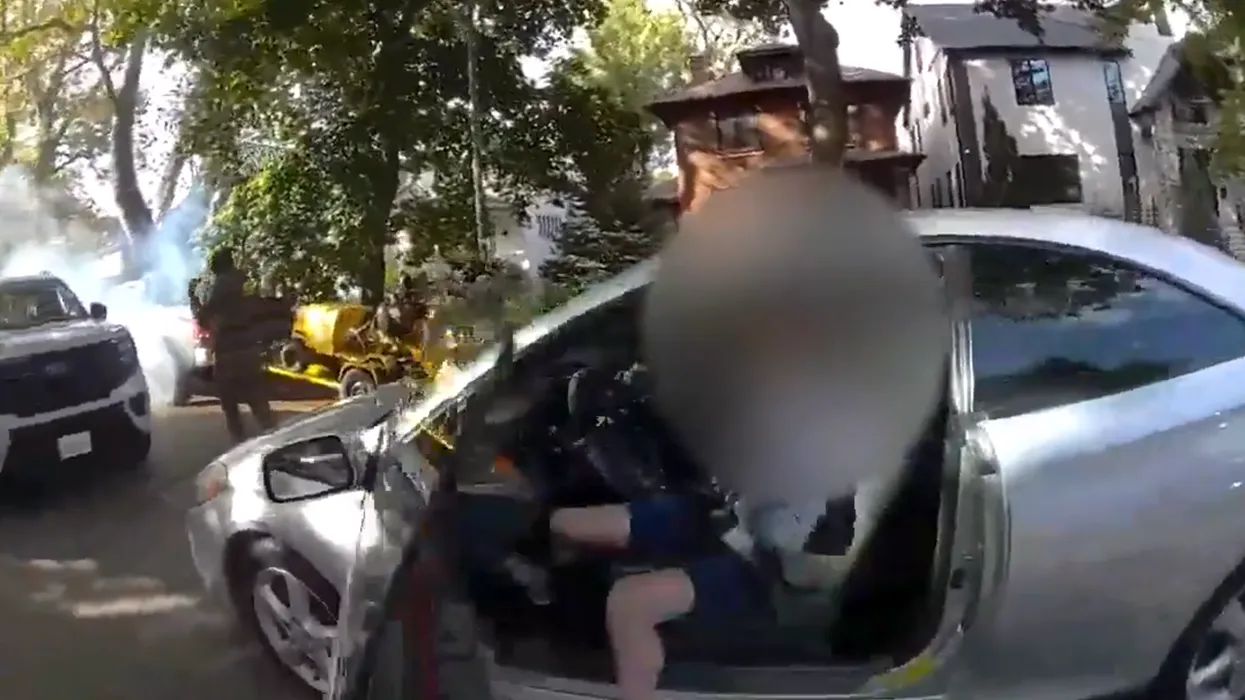
Getty Images; Rebecca Zisser/BI
On TikTok last week, I watched a woman bury her dog in the snow on Mount Everest after he died during the punishing trek. Commenters berated the woman for animal cruelty, but this isn’t actually a sad story where the dog dies. The woman, the pup, and the mountain are all AI-generated, presumably by OpenAI’s video generator Sora 2 (although the watermark from the video had been removed, the account’s handle is Soralice). Likely from just a few lines prompting, the whole scene was born.
Researchers have sounded alarms about realistic generative AI images and videos bolstering bad actors to create ever-more realistic deepfakes for nefarious purposes. But as the masses have gotten ahold of the revolutionary tech, many are playing with it and arriving at what may be the dumbest use case: pranks and rage bait.
Teens have been pulling a “homeless man” prank, where they generate images, typically of a man in stained or worn clothes and an overgrown beard, who has come into their house. The teens then send photos to parents and post the images alongside the text exchanges with their panicked parents. The prank has become so pervasive that some local police departments have put out PSAs, with one calling it “stupid and potentially dangerous.” The children of dead public figures, like Martin Luther King, Jr. and Robin Williams, are begging people to stop generating videos of their deceased parents (OpenAI paused the MLK videos, and says estates can request opt-outs for using images of the deceased). TikTok abounds with videos of AI-generated animals, from the viral fake bunnies jumping on a trampoline to dogs ruining weddings by taking down chandeliers or jumping into cakes. Women are sending AI-generated images of a hot, shirtless plumber to their boyfriends and husbands. Much of it looks just lifelike enough to make the viewer question if what they’re seeing is real.
Just two years ago, AI-generated video was in an awkward adolescence. With decent skill and several tools, bad actors could make convincing deepfakes of world leaders like Vladimir Putin and Donald Trump or scam people by impersonating them or faking documents. But the sort of instant video generation by prompt was lacking. A viral clip of Will Smith shoveling spaghetti into his mouth made by ModelScope before Sora hit the market was far more unsettling than deceiving — the actor’s face recognizable but surreal, his movements jilted and uncanny, his fingers multitudinous. Videos then looked like flipbooks more than live recordings, and the trained eye could still spot most synthetic imagery. When I wrote about AI videos in 2023, experts told me the technology is difficult to scale, that a lack of coherence gave the videos their signature jumpy quality, and that it would take more computing power to deliver smooth, convincingly realistic results.
But investments in the tech have led to rapid changes, and now anyone can make and post content that is visually impressive and deceptive. As of this year, AI video generation has evolved so rapidly it’s no longer recognizable from its Smith spaghetti days. The videos and images are easy to make, and social media algorithms are rewarding the content as people share it widely. While much of this content is on AI-first platforms like OpenAI’s Sora or Meta’s Vibes feed or on X with xAI’s Grok, it doesn’t always stay there, and makes its way to platforms where people have grown to expect that what they see could be real. “It is a perfect engine for a new age of memes,” says Henry Ajder, an AI and deepfake expert who has advised companies like Meta. Gen AI imagery “mixes being able to make something custom and make something particular to you whilst also retaining a kind of style.” It does so quickly, allowing people to jump on trends faster.
AI can mimic great physical feats or cute dogs, but the videos don’t always build emotional connection.
Some of this is the latest evolution of longstanding social media problems — highly partisan and shocking disinformation as well as rage-baiting, exploitive content can rise to the top. “In some ways this is not an algorithmic problem, it’s a human problem,” says Hany Farid, a professor in the University of California, Berkeley School of Information. People are making slop and watching slop, training the algorithms to feed users another helping of slop. Where the algorithm does play a role is in the rapid shuttling of slop or pranks or trends to many more people. And while TikTok dances have moved rapidly through feeds or X could quickly make news stories go viral, the lift to make AI-generated content has fallen so spectacularly that making the videos is about as quick as firing off a bad tweet. “With AI slop, you can adapt really quickly because you’re not making anything, and so the manipulation of these algorithms — and humans at the other end of those algorithms — can be much more dramatic.”
These sort of inane video trends point to a larger underlying issue with gen AI: There’s a lack of understanding what it’s meant for, says Olivia Gambelin, an AI ethicist and author of the book “Responsible AI.” AI companies have unleashed these videos and largely left the public to decide what they do well and what value they have. Gambelin says it’s like they’re telling everyone, “‘You find something to do with this,’ rather than, we’re going to come up with some actual practical, fundamental uses that you could use to change your life or fundamentally better your life.” OpenAI’s Sam Altman has said himself that people should decide how to use AI, within certain boundaries. “How much does society define boundaries versus trusting the user with these tools?” Altman said during a talk at MIT last year. “Not everyone will use them the way we like, but that’s just kind of the case with tools.”
Some artists have found compelling ways to incorporate AI imagery into their work and push the boundaries of what they could do alone or on a tight budget, but most people don’t have the time or ideas to do so. That leads to using gen AI for the easy-lift mimicking of social media trends; they take seconds to make, garner attention, and briefly entertain. “It’s that those stupid uses are the easiest ones to wrap our minds around,” Gambelin says, whereas a more philosophical question around the technology asks: “What is the problem that we’re trying to solve here with AI generated video?”
These sort of AI videos are all over social media right now, but their prominence could fade. “Right now we may be having the novelty effect,” says Farid. Generated AI videos catch the eye because they can create scenarios we’ve never before encountered. “I could also see that getting to a point where after the novelty wears off, which won’t take long, you would be like, ‘all right, this is really dumb.'” AI can mimic great physical feats or cute dogs, but the videos don’t always build emotional connection. We want to see people dance and do back flips and watch silly animals because those images are real parts of life that we didn’t get to experience: that’s the ethos behind pics or it didn’t happen and the drive behind urge we feel to pull our phones out when we see something remarkable. “There’s only so long you can hold our attention on something that is flashy, rather than something that’s authentic,” Gambelin says. But in trying to hold our eyes online, the content might only get worse. “It’s a race to the bottom in terms of novelty.”
Amanda Hoover is a senior correspondent at Business Insider covering the tech industry. She writes about the biggest tech companies and trends.
Read the original article on Business Insider
The post The biggest use case for AI videos: dumb pranks appeared first on Business Insider.




